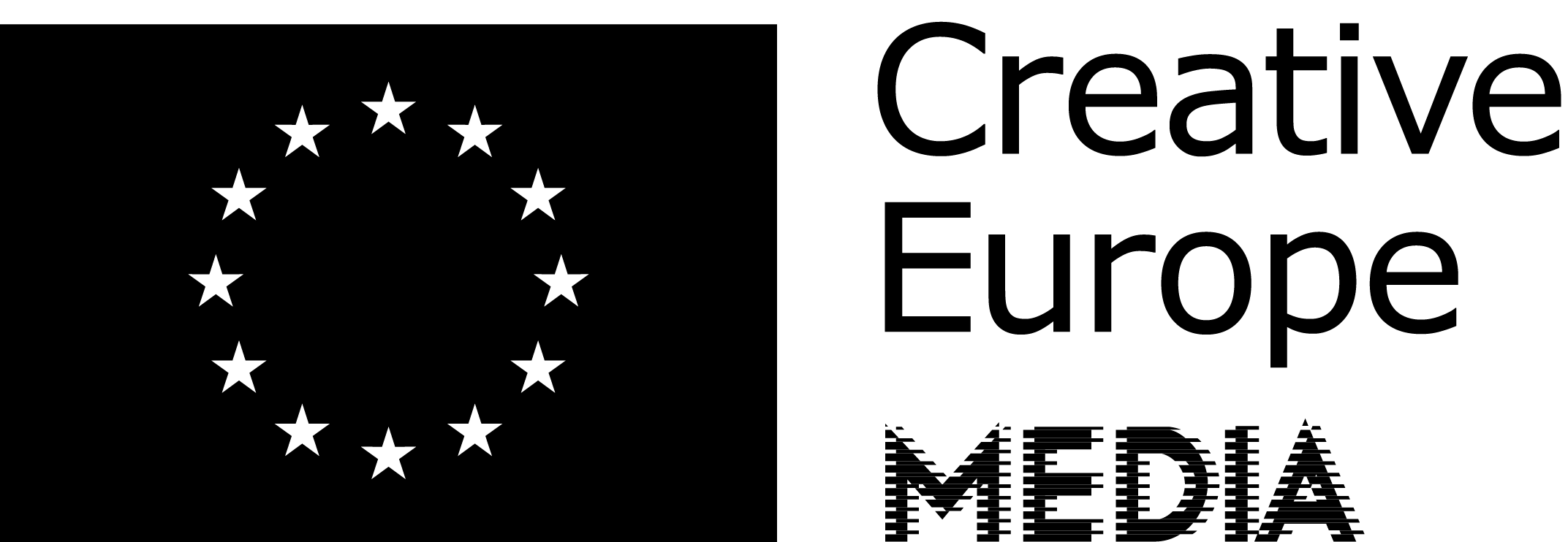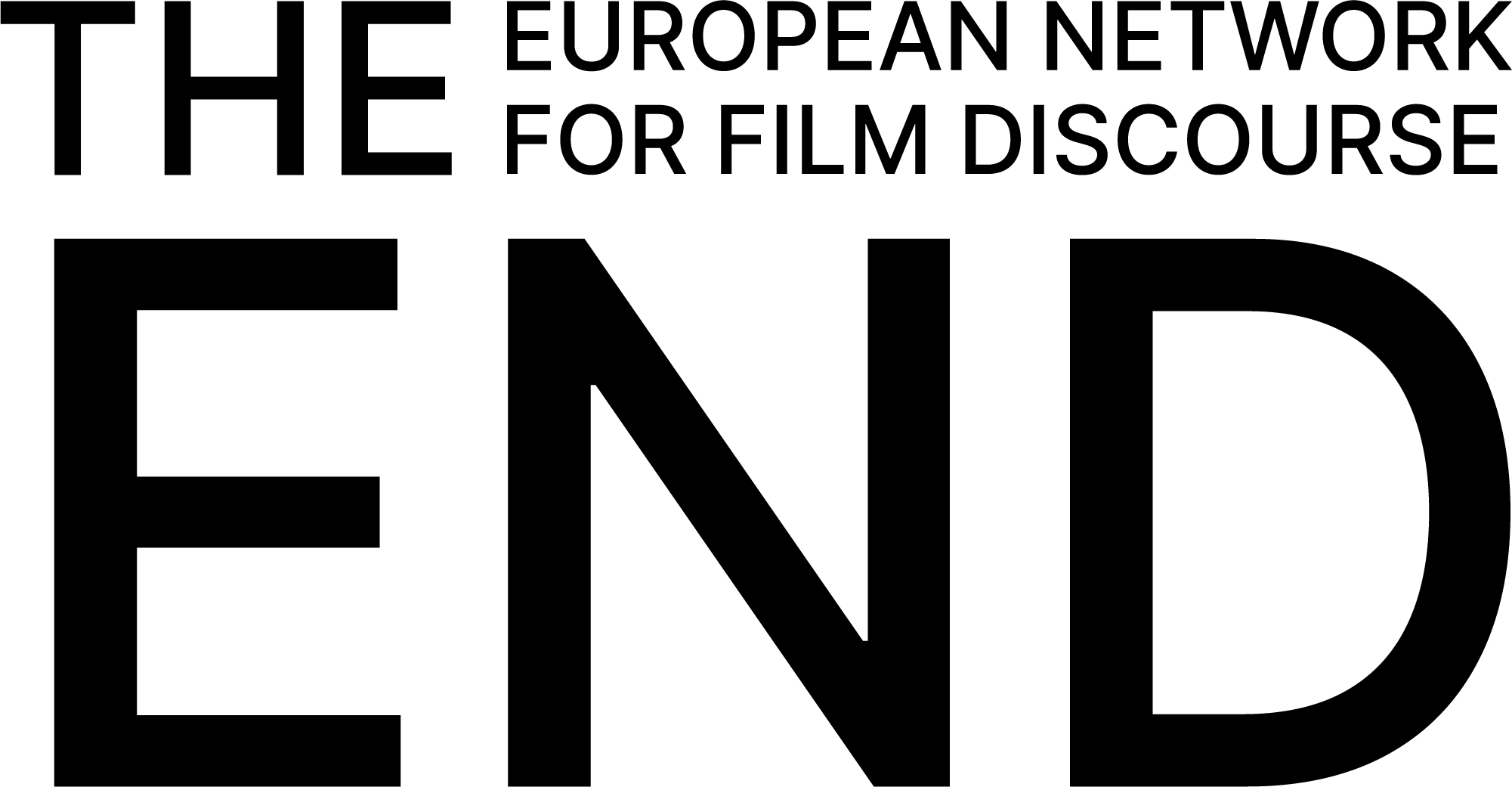Attention Heist
The Un-chaotic Cabinet That Wishes For Me To Sleep
How do we find ourselves in such tumultuous times? Self-taught animator Cillian Laurence Green reminds us that the world is ours to make and that it’s not all doom and gloom.

The moment in global catastrophe we call the COVID-19 pandemic greatly affected my attention span for films. What happens to your brain when you’re locked up in your house and the government declares a prolonged state of emergency? For two years, it was like life became a handheld movie, my eyeballs glued to a computer window. Loud TikTok dance trends, push notifications, and endless dystopian newsfeeds competed for my attention as I watched other people’s animated mugshots in a laggy Zoom meeting.
If art is an imitation of life, then Cillian Laurence Green’s wacky The Un-chaotic Cabinet That Wishes For Me To Sleep makes the anguished state of mind the star of the show.
Green grabs hold of me immediately with the fast grip of an autoplay video on social media. The blare of an alarm is followed immediately by the catchy part of a song—“What the fuck?” are the first words we hear from Laurence Snell, the source of the often unkind consciousness we follow from thereon.
Scribbles and textures frame and bedazzle the screen like a moving back page of a school notebook. In the opening part, stitched-up Caroline appears as a cameo in one of the bedroom posters, words appear in a flash, and Laurence’s head turns poof as if to signal an out-of-body experience.
The scribbles become sounds that scratch the senses: think last song syndrome, echoing thoughts, brain rot post-breakup. If Laurence is me, I wonder: Am I waking up from a bad dream or entering one? Whatever, it’s time to brush teeth. We bike from the suburbs into the city of Dublin, witnessing a stream of consciousness that unfolds with the pace of a morning doom-scroll.
Daytime or midnight, a doom-scroll is a doom-scroll: pulling out of The Un-chaotic Cabinet is a hard task. Inner demons are cleverly portrayed in a mix of styles and often unintelligible voices. There’s the ticking of a clock, the image of a casket. As Laurence bikes further, he thinks of the houses he can never afford. Doppelganger much? “I just wanna be picking daisies,” he says. “Just drink it all the way.” Same here, Laurence. Same here.
Green’s vivid part-fiction, part-confessional zigzags its way through angst and insecurities, fantasies, and fond memories, until we reach the very end when Laurence turns into a giant. We slurred past the deep fears and traumas to arrive at a hopeful end, where other possibilities wait on the horizon. The closing text: “To be continued…”
I never quite recovered the same attention span I had for films pre-pandemic. It’s been four years already since the global string of lockdowns marked by economic recessions and inflation. Add political repression and a state of permanent war to the mix. They called it the “new normal.” An insistence that even amidst a global catastrophe, the show must go on. “Un-chaotic.” Business as usual.
It’s no coincidence then that Green describes this film as a reflection of his years in 2020-2022. The film’s quality, both form and narrative, resonates with the times. But this is not to say these troubled times are anything new. After all, Green references Flann O’Brien’s At Swim-Two-Birds, James Joyce’s Ulysses, and JD Salinger’s The Catcher in the Rye as inspiration for his film. These are all works by twentieth-century writers whose stylistic choices were made to mirror deep feelings of angst, restlessness, and isolation.
With hand-drawn details, snapped flowers, and low-res footage of the Irish Sea, Green effectively deploys different mediums and techniques to convince and charm. It feels as though the film is the filmmaker’s diary. A telling line of this monologue suggests as much: “I’m just you, I’m just me…I don’t have a fucking clue what I’m doing.”
That is my favorite quote for two reasons. First, it made the narrative voice no different from the audience it is speaking to. Second, it contrasts with the level of skill that the filmmaker displayed. It’s amazing that someone so clueless ends up making an accomplished film capable of holding my attention.
Show me vulnerability, speak a human language, and I’ll listen attentively. We live in a world where fragmented narratives are packaged for the scattered brain. We’re eating up content conveniently named (Instagram) “stories” and “reels.” It’s a pandora’s box or a slot machine of never-ending spectacle.
How do we find ourselves in such tumultuous times? The self-taught animator Cillian Laurence Green reminds us through The Un-chaotic Cabinet that the world is ours to make and that it’s not all doom and gloom. I can turn this handheld brick I call a phone into sunsets, and daisies, and beaches. And I can turn myself into a giant too, so I’ll have a view that’s bigger and better than a tiny computer window eager to steal my attention.
This text was developed during the European Workshop for Film Criticism #4—a tandem workshop set during Filmfest Dresden and Vienna Shorts—and edited by tutor Anas Sareen.
The European Workshop for Film Criticism is a collaboration of the European Network for Film Discourse (The END) and Talking Shorts, with the support of the Creative Europe MEDIA programme.








There are no comments yet, be the first!